National Gallery of Victoria displays China’s ancient Terracotta Warriors
Image left: Armoured general 铠甲将军俑, Qin Dynasty 221–207 BCE, earthenware, 196.0 cm (h), Emperor Qin Shihuang’s Mausoleum Site Museum, Xi'an (002524) - Image right: Portrait of Cai Guo-Qiang, 2009. Photograph © Mark Mahaney
MELBOURNE.- In a dual presentation of Chinese art and culture past and present, the Melbourne Winter Masterpieces series at the National Gallery of Victoria is presenting China’s ancient Terracotta Warriors alongside a parallel display of new works by one of the world’s most exciting contemporary artists, Cai Guo-Qiang, at NGV International, May 2019.
Terracotta Warriors: Guardians of Immortality is a large-scale presentation of the Qin Emperor’s Terracotta Warriors, which, discovered in 1974 in China’s Shaanxi province, are regarded as one of the greatest archaeological finds of the twentieth century and widely described as the eighth wonder of the world. The exhibition features eight warrior figures and two life-size horses from the Imperial Army, as well as two half-size replica bronze chariots, each drawn by four horses.
These sculptures have been contextualised by an unprecedented Australian presentation of more than 150 exquisite ancient treasures of Chinese historic art and design lent by leading museums and archaeological sites from across Shaanxi province. These include priceless gold, jade and bronze artefacts that date from the Western Zhou through to the Han dynasties (1046 BC – 220AD). Illuminating more than a millennium of Chinese history, the exhibition showcases the magnificence and authority of the once-entombed figures and reveal, through the intricate display of accompanying objects and artefacts, the sophistication that characterised the formative years of Chinese civilisation.
Bell of Duke Wu of Qin, Qin gong bo, 秦公镈(带挂钩, Eastern Zhou Dynasty, Spring and Autumn Period, 770–476 BCE, bronze, 64.2 x 26.2 x 22.4 cm, Baoji Bronze Museum, Baoji (02756/IA5.5). Courtesy of National Gallery of Victoria
Sword with inlaid hilt 金柄铁剑 Spring and Autumn Period 771–475 BCE iron, gold, turquoise 37.2 (length) cm Baoji City Archaeological Team, Baoji (BYM2:1). Courtesy of National Gallery of Victoria.
Dun weapon accessory, Warring States Period, 475–221 BCE, bronze, 5.9 (h) x 3.1 (w) x 3.1 (d) cm, Xianyang Institute of Cultural Heritage & Archaeology, Xianyang (2735). Courtesy of National Gallery of Victoria.
Armoured general 铠甲将军俑, Qin Dynasty 221–207 BCE, earthenware, 196.0 cm (h), Emperor Qin Shihuang’s Mausoleum Site Museum, Xi'an (002524). Courtesy of National Gallery of Victoria.
Kneeling archer, 跪射俑, Qin Dynasty, 221–207 BCE, earthenware, 120.0 cm, Emperor Qin Shihuang’s Mausoleum Site Museum, Xi’an (002812). Courtesy of National Gallery of Victoria
Armoured military officer, 中级铠甲军吏俑, Qin Dynasty, 221–207 BCE, earthenware, 190.0 x 56.0 x 58.0 cm. Excavated from Pit 1, Qin Shihuang’s mausoleum site, Lintong District, Xi’an, 1978, Emperor Qin Shihuang’s Mausoleum Site Museum, Xi'an (002758). Courtesy of National Gallery of Victoria.
Chariot horse, Qin Dynasty, 221–207 BCE, earthenware 217.0 (h) x 171.0 (w) cm, Emperor Qin Shihuang’s Mausoleum Site Museum, Xi'an (2767). Courtesy of National Gallery of Victoria.
Chariot #1 (Qin dynasty replica), bronze, 152.0 (h) x 225.0 (w) cm, Emperor Qin Shihuang’s Mausoleum Site Museum, Xi'an (MMYL007). Courtesy of National Gallery of Victoria.
Goose, Qin Dynasty, 221–207 BCE, bronze, 26.5 (h) x 50.5 (w) x 22.0 (d) cm, Shaanxi Provincial Institute of Archaeology, Xi’an (K007T3:49). Courtesy of National Gallery of Victoria.
Finial form of a bird of prey, Qin Dynasty, 221–206 BCE, silver, bronze 7.2 (h) x 8.5 (w) cm, Xi'an Museum, Xi'an (3gtD45). Courtesy of National Gallery of Victoria.
Money of the seven states: Qin State coin, Qin Dynasty, 221–206 BCE, bronze, 3.5 (h) x 3.5 (w) x 0.15 (d) cm, Yulin Institute of Cultural Heritage Conservation, Yulin (Q001). Courtesy of National Gallery of Victoria.
Medium-sized cavalryman, 彩绘骑马俑, Western Han Dynasty, 207 BCE –9 CE, earthenware, pigments, 58.0 x 50.0 x 17.0 cm. Excavated at Yangjiawan, Xianyang, 1965,Xianyang Museum, Xianyang (YLX0004). Courtesy of National Gallery of Victoria
Door ring holder in the form of a mythological beast, Pushou, 四神兽面纹玉铺首, Han Dynasty, 207 BCE–220 CE, jade, 35.6 x 34.2 x 14.7 cm, Maoling Museum, Xingping (0640). Courtesy of National Gallery of Victoria
Ornamental belt plaque, Western Han Dynasty, 206 BCE –25 CE, gold, jade, agate, 8.0 (h) x 20.8 (w) cm, Shaanxi Provincial Institute of Archaeology, Xi’an (005421). Courtesy of National Gallery of Victoria
Cock, Western Han Dynasty, 206 BCE –25 CE, earthenware, 16.0 (h) x 16.0 (w) x 8.0 (d) cm, Shaanxi Provincial Institute of Archaeology, Xi’an (K19:13). Courtesy of National Gallery of Victoria.
Sow, Western Han Dynasty, 206 BCE –25 CE, earthenware, 24.0 (h) x 40.0 (w) x 17.0 (d) cm, Han Yangling Museum, Xianyang (YG0916). Courtesy of National Gallery of Victoria.
Winged spirit, escort of souls of the dead, 铜羽人, Eastern Han Dynasty, 25–220 CE, bronze, 15.3 cm, Xi’an Museum, Xi’an (G82). Courtesy of National Gallery of Victoria.
Presented in parallel, Cai Guo-Qiang: The Transient Landscape, sees contemporary artist, Cai Guo-Qiang, create all new art works inspired by his home country’s culture and its enduring philosophical traditions, including a monumental installation of 10,000 suspended porcelain birds. Spiralling over visitors’ heads, the birds create a three-dimensional impression of a calligraphic drawing of the sacred Mount Li, the site of the ancient tomb of China’s first emperor, Qin Shihuang, and his warriors. Cai collaborated on the exhibition’s design, creating breathtaking immersive environments for the presentation of both his work and the Terracotta Warriors.
Footprints of History: Fireworks Project for the Opening Ceremony of the 2008 Beijing Olympic Games 2008 © Cai Guo-Qiang. Photography: Hiro Ihara
Cai Guo-Qiang, Odyssey, 2010 © Cai Guo-Qiang. Photography: I-Hua Lee
Cai Guo-Qiang, Odyssey, 2010. Permanent installation view at Museum of Fine Arts, Houston, 2010 © Cai Guo-Qiang. Photography: I-Hua Lee
Cai Guo-Qiang, Odyssey, 2010. Permanent installation view at Museum of Fine Arts, Houston, 2010 © Cai Guo-Qiang. Photography: I-Hua Lee
Cai Guo-Qiang, Odyssey, 2010. Ignition, Houston, 2010 © Cai Guo-Qiang. Photography: I-Hua Lee
Cai Guo-Qiang, Fragile, 2011. Ignition at Al Riwaq, Doha, 2011 © Cai Guo-Qiang. Photography: Lin Yi
Cai Guo-Qiang, Black Ceremony, 2011 © Cai Guo-Qiang. Photography: Hiro Ihara
Cai Guo-Qiang, Black Ceremony, 2011 © Cai Guo-Qiang. Photography: Hiro Ihara
Cai Guo-Qiang, Untitled, 2012 © Cai Guo-Qiang. Photography: Courtesy of Cai Studio.
Cai Guo-Qiang, The Bund Without Us, 2014. Ignition at the Power Station of Art, Shanghai, 2014 © Cai Guo-Qiang. Photography: JJY Photo.
Cai Guo-Qiang, Mountain in Heat, 2016 © Cai Guo-Qiang. Photography: Yvonne Zhao
Cai Guo-Qiang (b. 1957, Quanzhou, China; Lives in New York), Proposal for Murmuration, 2018. Digital rendering. Photography: Courtesy of NGV
Drawing on Cai’s understanding of ancient Chinese culture and his belief that a dialogue with tradition and history can invigorate contemporary art, he also created a monumental porcelain sculpture of peonies, placed at the centre of a 360-degree gunpowder drawing.
Tony Ellwood AM, Director, NGV said: ‘Thirty-six years ago, in 1982, the National Gallery of Victoria presented the first international exhibition of China’s ancient Terracotta Warriors only several years after their discovery. History will be made again in 2019, when the Qin Emperor’s Terracotta Army will return to the NGV for the 2019 Melbourne Winter Masterpieces exhibition series – this time in a sophisticated dialogue with the work one of China’s most celebrated contemporary artists, Cai Guo-Qiang.’
Of the parallel presentation, Cai said: ‘They are two rivers of time separated by two millennia, each creating a course at their own individual speed across a series of shared galleries. The ancient and the contemporary – two surges of energy that crisscross, pull, interact and complement each other, generating a powerful tension and contrast, each attracting and resisting the other.’
Jeff Xu, Founder and Managing Director, Golden Age Group said: ‘This exhibition will inspire Australian and international audiences to delve deeper into the many rich and diverse facets of China’s heritage. As Principal Partner, Golden Age is pleased to support such an ambitious world-exclusive showing in Victoria, demonstrating our commitment to Melbourne as the cultural capital. We believe this exhibition will leave a lasting impression on this city for decades to come.’
This exhibition was organized by the National Gallery of Victoria, Melbourne, in partnership with Shaanxi Provincial Cultural Relics Bureau, Shaanxi History Museum, Shaanxi Cultural Heritage Promotion Centre, and Emperor Qin Shihuang’s Mausoleum Site Museum of the People’s Republic of China.
The terracotta army Qin dynasty (221-206 BCE) (detail) Earthenware (terracotta) Emperor Qin Shihuang’s Mausoleum, Xi’an. Courtesy of National Gallery of Victoria
The terracotta army Qin dynasty (221-206 BCE) (detail) Earthenware (terracotta) Emperor Qin Shihuang’s Mausoleum, Xi’an. Courtesy of National Gallery of Victoria
The terracotta army Qin dynasty (221-206 BCE) (detail) Earthenware (terracotta) Emperor Qin Shihuang’s Mausoleum, Xi’an. Courtesy of National Gallery of Victoria
The terracotta army Qin dynasty (221-206 BCE) (detail) Earthenware (terracotta) Emperor Qin Shihuang’s Mausoleum, Xi’an. Courtesy of National Gallery of Victoria

/https%3A%2F%2Fprofilepics.canalblog.com%2Fprofilepics%2F1%2F0%2F100183.jpg)
/https%3A%2F%2Fstorage.canalblog.com%2F03%2F02%2F119589%2F96711876_o.jpg)
/https%3A%2F%2Fstorage.canalblog.com%2F11%2F31%2F119589%2F94773502_o.jpg)
/https%3A%2F%2Fstorage.canalblog.com%2F20%2F83%2F119589%2F94772815_o.jpg)
/https%3A%2F%2Fstorage.canalblog.com%2F26%2F72%2F119589%2F75604929_o.jpg)
/https%3A%2F%2Fstorage.canalblog.com%2F59%2F60%2F119589%2F26458628_o.jpg)

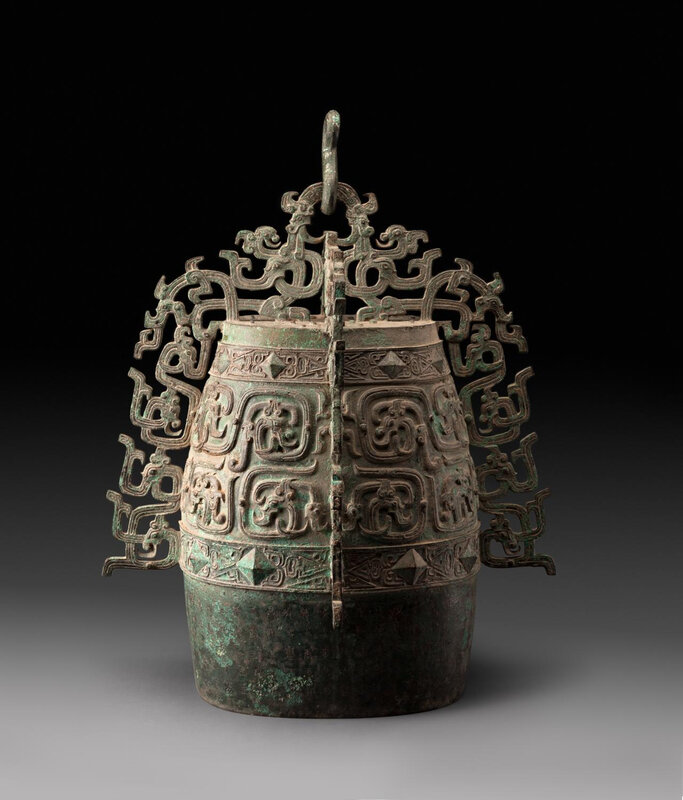
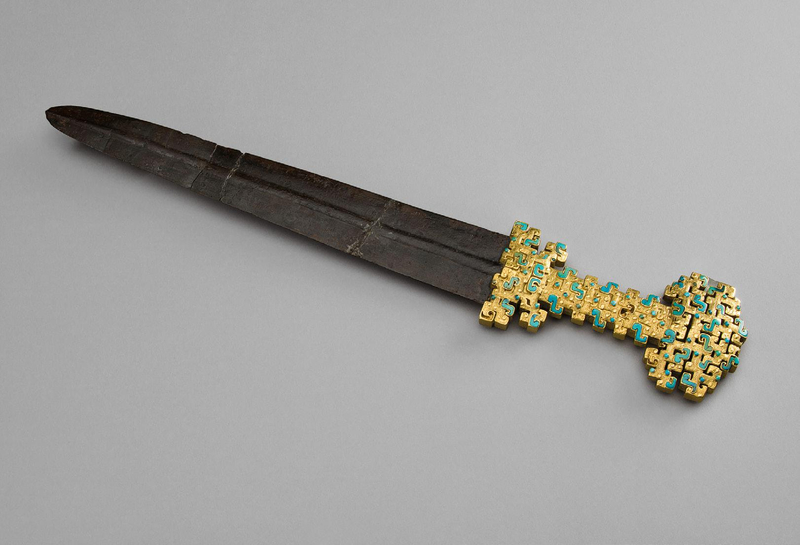





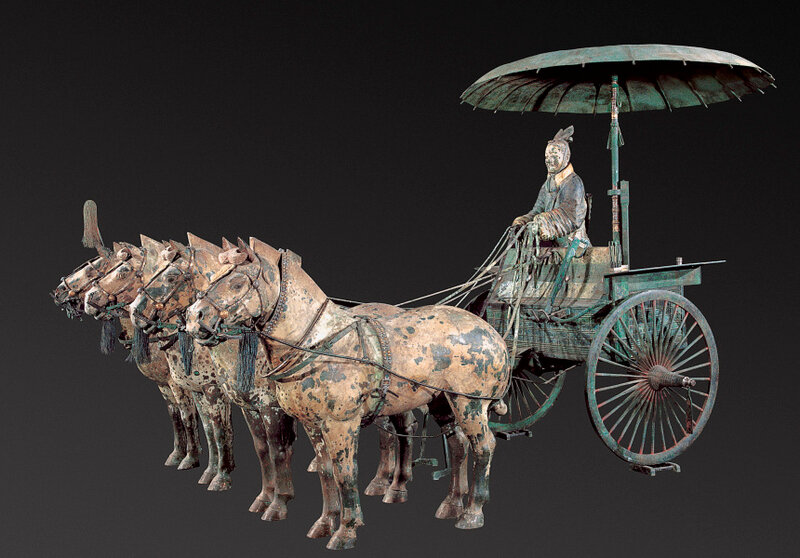
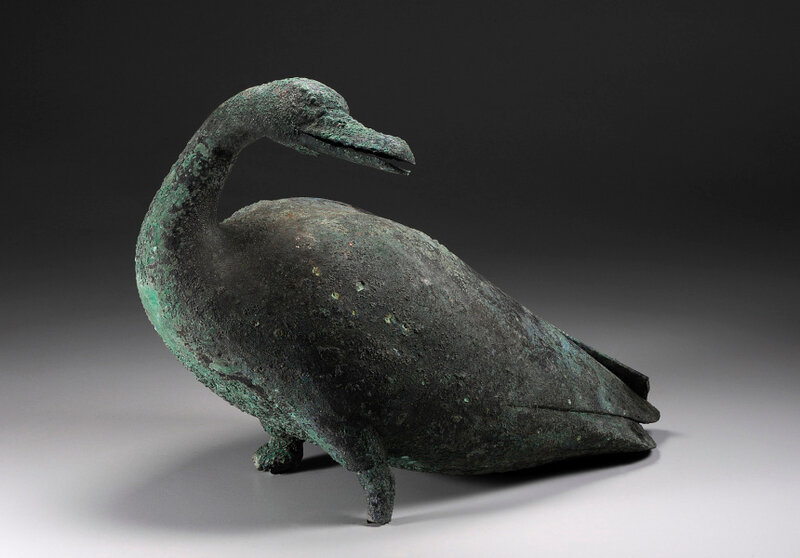
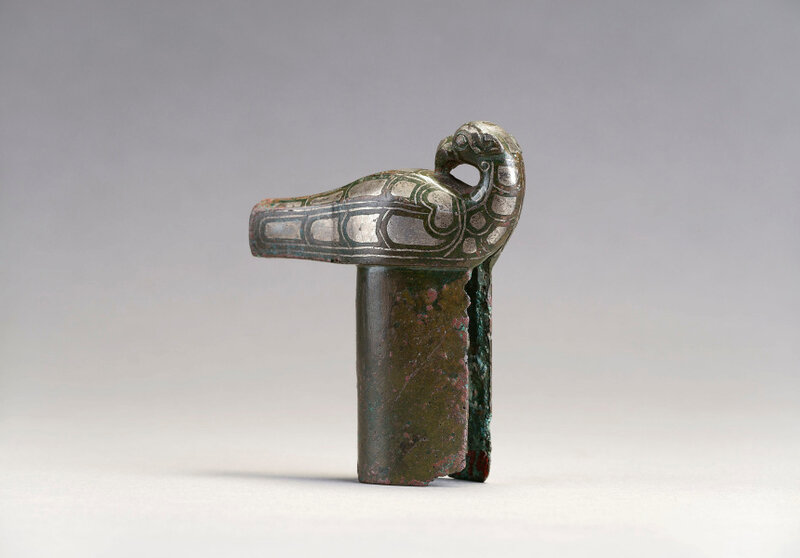


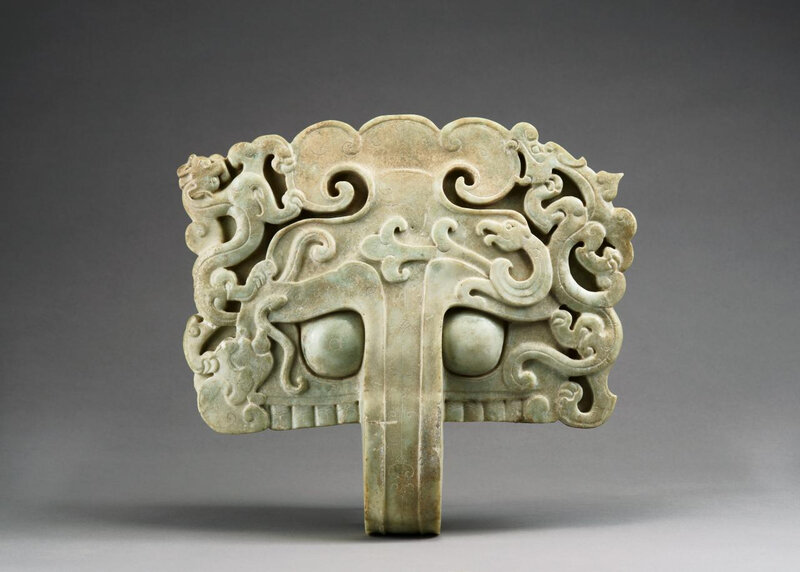
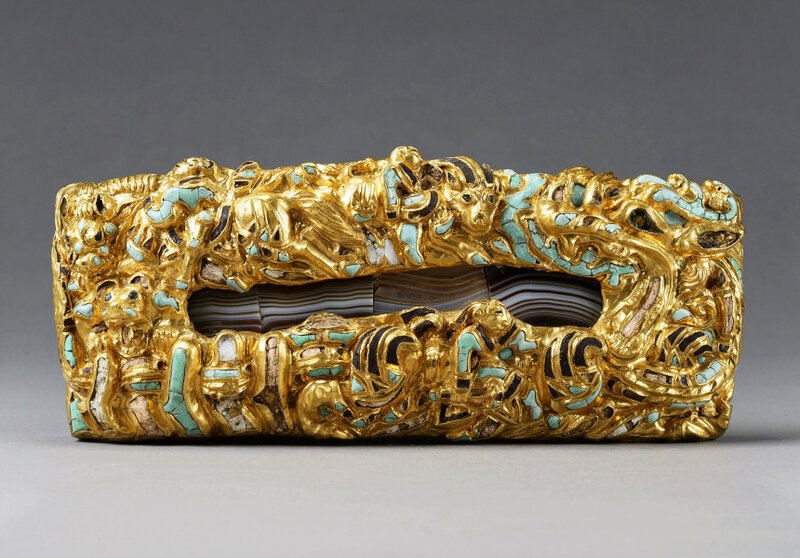


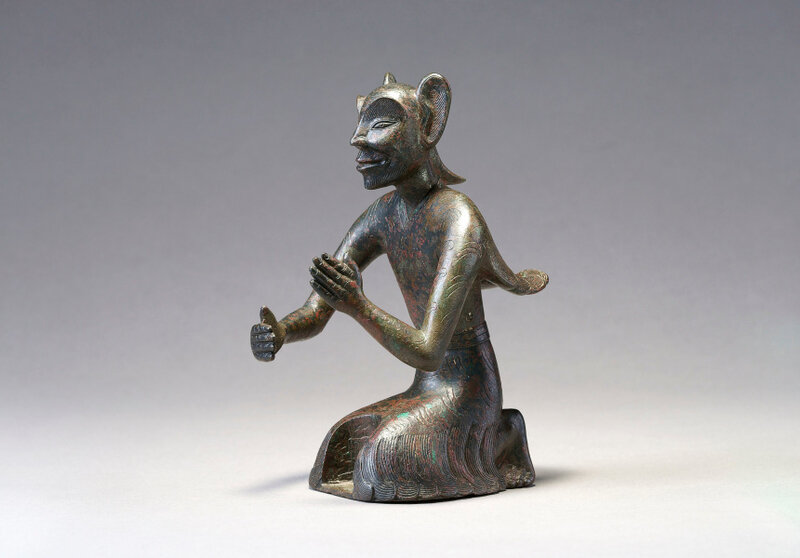


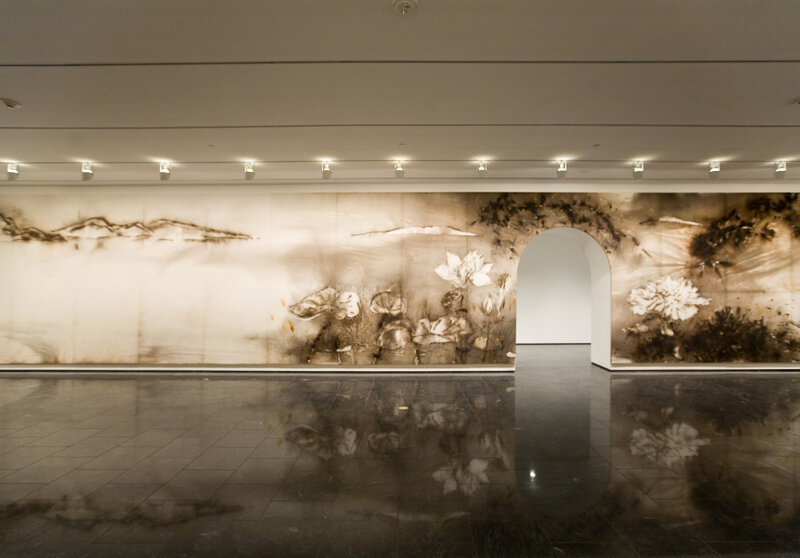




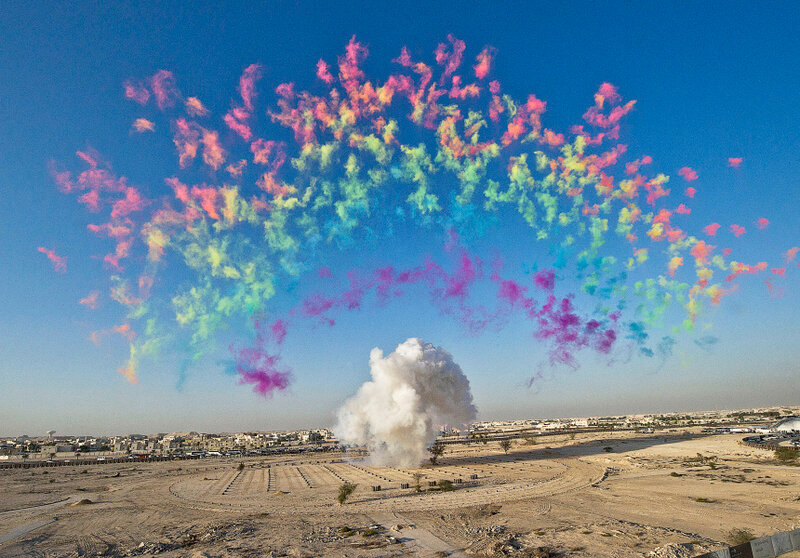
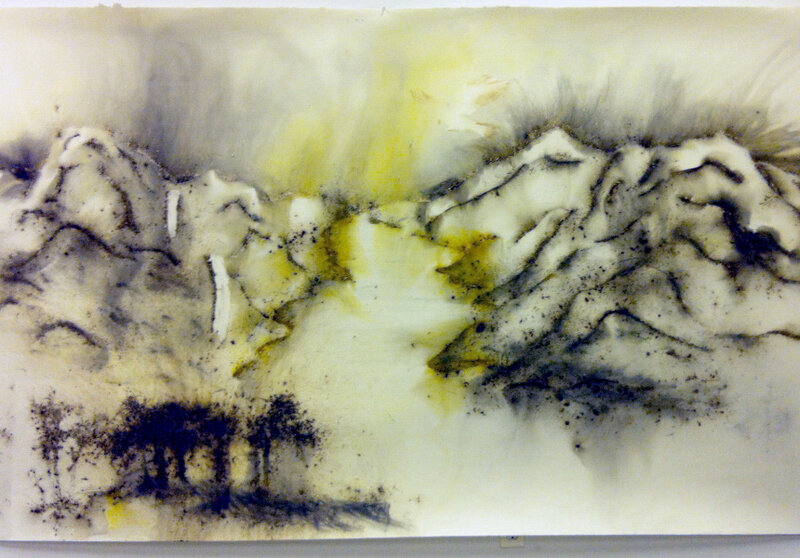
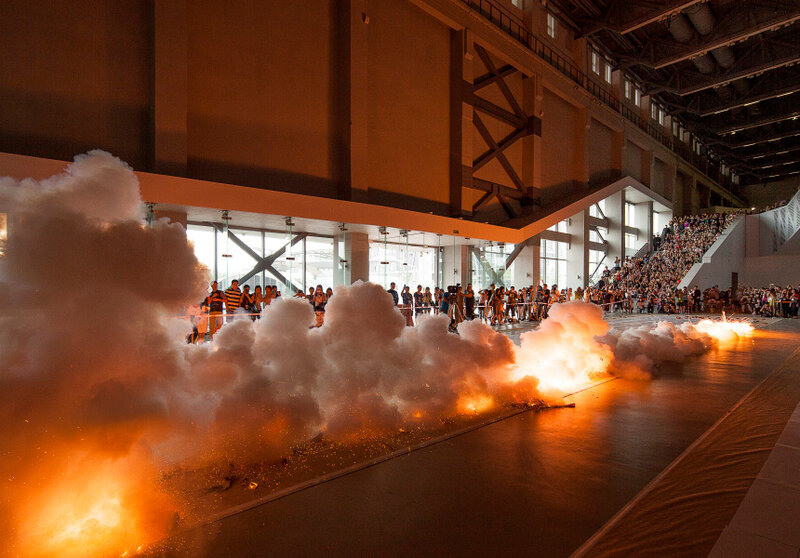

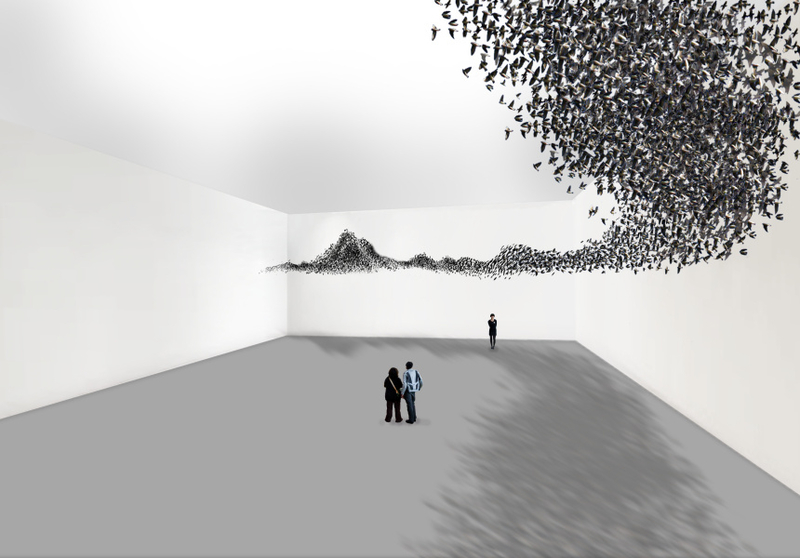
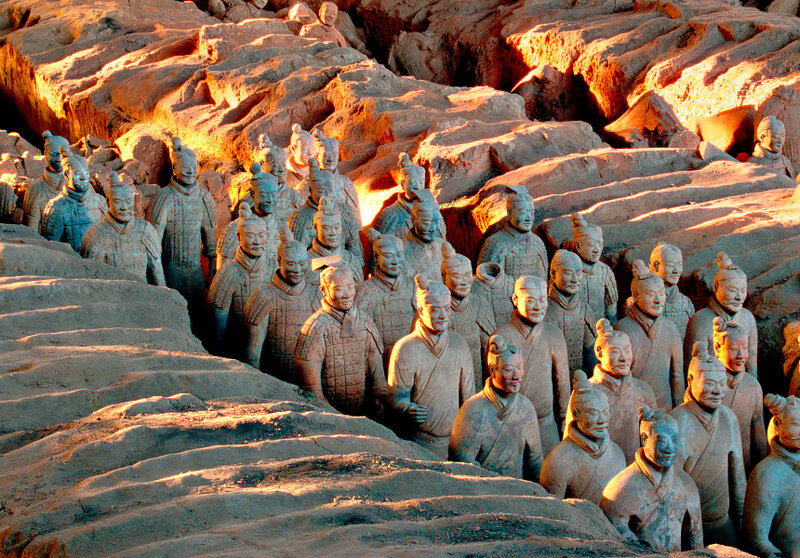
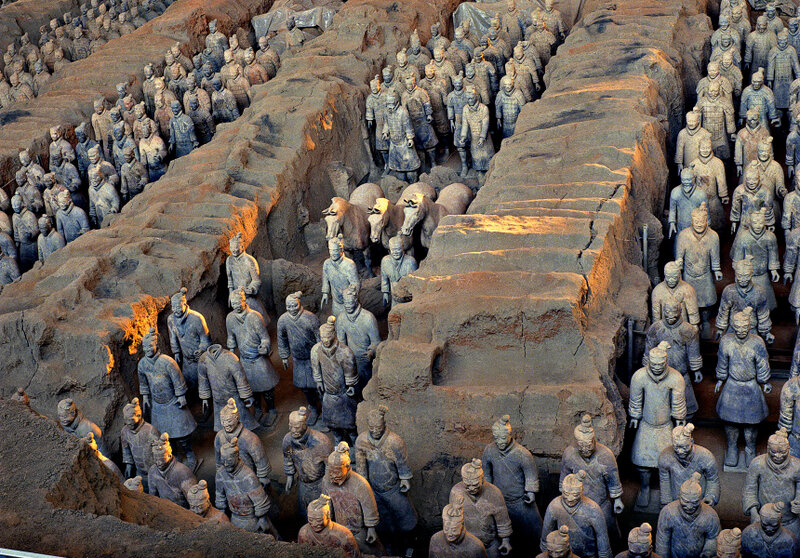
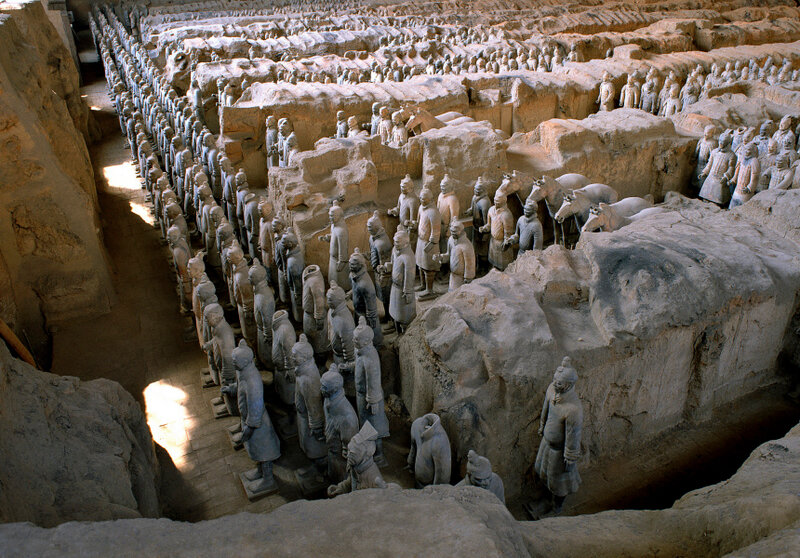



/http%3A%2F%2Fstorage.canalblog.com%2F06%2F59%2F119589%2F117865275_o.jpg)
/http%3A%2F%2Fstorage.canalblog.com%2F52%2F94%2F119589%2F70768588_o.jpg)
/http%3A%2F%2Fstorage.canalblog.com%2F93%2F74%2F577050%2F38767882_p.jpg)
/http%3A%2F%2Fstorage.canalblog.com%2F48%2F29%2F119589%2F30948174_o.jpg)